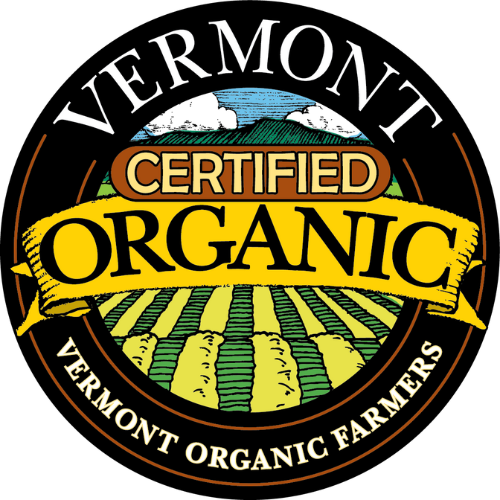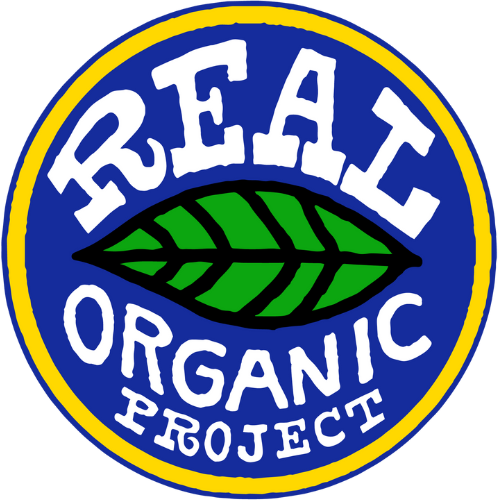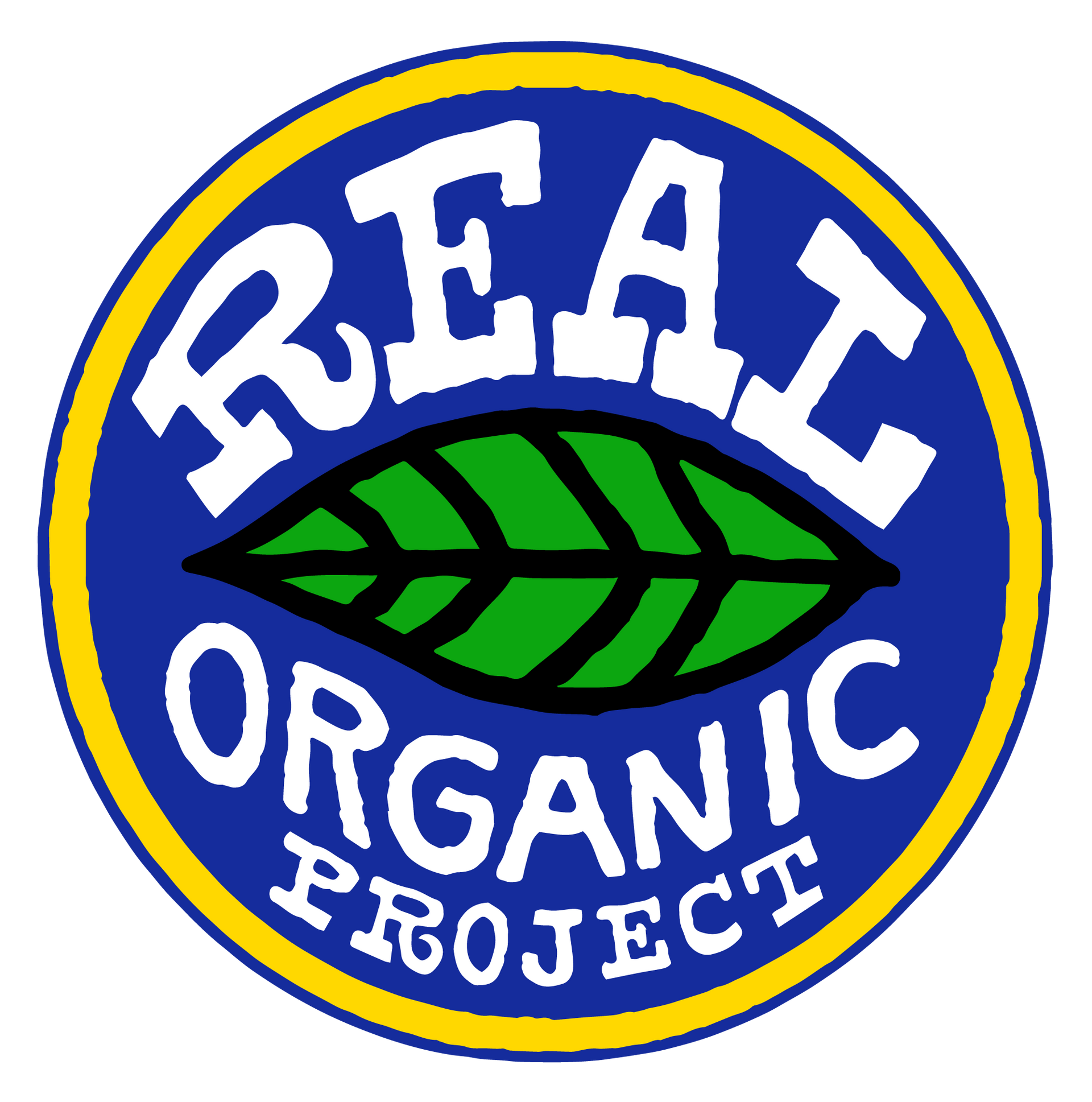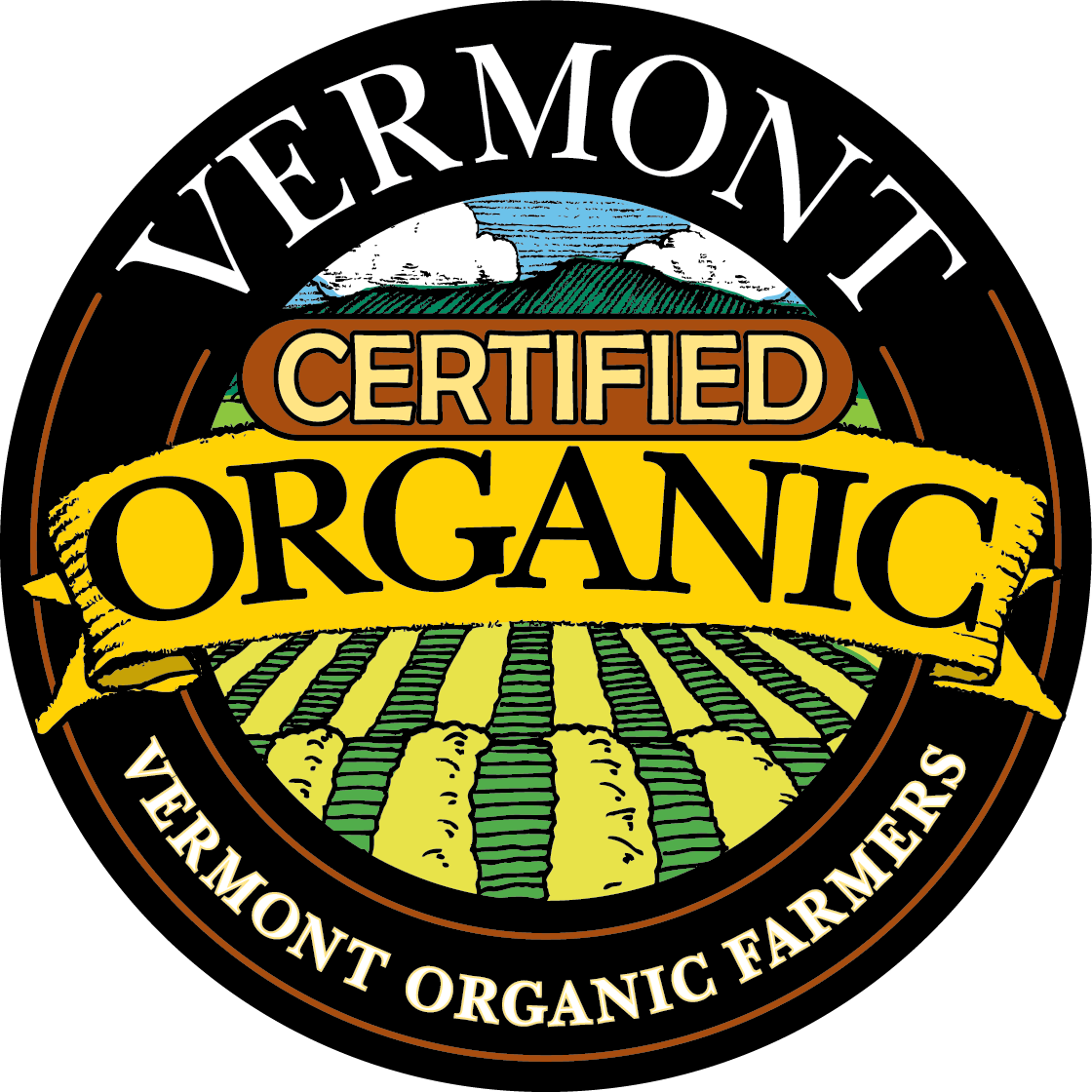Sheep! Magazine Article on Kind Horn Farm AI Program
This article first appeared in Sheep! Magazine. www.sheepmagazine.com
Improving Flocks Through Artificial Insemination
By Rosie Wolf Williams
When Kathy Taft Boyden of Kind Horn Farm became interested in Icelandic sheep and decided to invest in a starter flock, she researched the idea of artificial insemination. AI programs are less common among small-scale sheep ranchers; it is practically impossible to insert a pipette into the uterus, and the resulting stress on the ewe affects suc- cess rates. Surgical insemination by a veterinarian is expensive and not within the budgetary means of all small sheep farms. But she was dedicated to starting her South Duxbury, Vermont flock with quality stock, and she saw admirable AI-produced sheep during her search.
“I started looking around at different farms and the breed- ing stock that they had to offer. It became clear to me that the farms that were using the AI really did have improved breeding stock. Their animals just looked different. When I started my flock, I did buy from farms that had been using AI—and I felt I started with a very good flock of Icelandics. But I did also want to continue doing the AI breeding. Nobody is producing semen here in the U.S. So the only way for us to get these diversified and improved genetics is to go to Iceland for it.”
Boyden says there was originally a very small gene pool of sheep imported from Iceland into Canada. In the late 90s, se- men was available for import into the United States, and several American breeders saw the opportunity for genetic diversity and breed improvement. Breeders in Iceland have been dedicated to the practice of AI for decades, and they have made significant strides in the quality of Icelandic sheep.
“Their sheep really do look very different,” says Boyden. “We have a catalog of sires available to us; they’re offering rams from quite a few different flocks in Iceland. We can buy semen for each ewe, based on the traits of the sires and what we would like to see improved in our own flock.”
Choosing Rams
In the catalog, sheep are scored using a BLUP Index. BLUP stands for “Best Linear Unbiased Prediction,” and attempts to provide the most accurate and real compilation of all the infor- mation with which the individual’s breeding value is computed. BLUP became available in 1991; the procedure makes use of genetic links to remove environmental and management factors, and produces a series of Estimated Breeding Values (EBV’s).
The ideal Icelandic sheep today has good conformation, excellent back, rump and gigot muscling. It is lean, generally produces twins and has good milking abilities.
The BLUP Index is complex, says Boyden.
“The rams are scored on meat qualities and the leanness of the meat; milking abilities of their daughters, the mothering abilities of their daughters, and for daughters’ fertility rates. The sires are evaluated and given points for individual body parts including (but not limited to) the head, neck and shoulders; the back, loin and legs; wool characteristics; feet; and overall harmony. They also are doing ultrasound measurements (in Iceland) for the eye muscle thickness. So they’re very scientific in how their measurements are done. Much of their economy is dependent on the sheep industry.”
Pre-Breeding Precautions
Icelandics are a grass-based breed; Boyden generally does not feed grain to her flock and her clientele come to her for her grass-fed lamb. She supplements the ewes with good second-cut hay or puts them on rich pasture a few weeks or a month before breeding season. And she will use a small amount of grain to distract the ewe during the insemina- tion process.
Often ewes are synchronized artificially, using progesterone- soaked sponges that postpone estral cycles. This allows the flockmaster to control breeding and birthing times. But at Kind Horn Farm, Boyden uses a “teaser” ram and prefers not to have a large number of ewes in heat at the same time.
It’s a time consuming process to do the artificial insemination, but she points out that she is able to do the entire process on her own.
“Our vasectomized teaser ram has a little pen down in my ewe barn. All of the ewes that I would like to breed that year are down in that ewe pen. I let the ram out a couple of times a day, usually at 10:00 in the morning and 10:00 at night. I wait to see him go to the ewes that are in heat. He’ll mount them, but won’t be able to really breed them. So if I’m looking in on the ewes at 10:00 in the morning and 10:00 at night, when we see a ewe is starting heat, I’m going to AI-breed her 20 hours after that."
“The procedure is quite precise, in terms of thawing semen for just the right amount of time at the right temperature. If you can go and look in on the ewes more than twice a day, you’re going to have the opportunity to become more precise in terms of when you breed the ewe."
“Knowing your ewe means a lot too; you begin to know their heat cycles. If you breed the ewe too early with the AI, the semen cells are going to die before the egg has dropped. And if you breed too late in the cycle for the delivery of the semen, the egg will already have been flushed out of the system. The more often you can go in and check the ewes, you’re hopefully going to have a better ‘take’ rate.”
The Operation
Potential breeding ewes are separated and eventually moved to an individual pen measuring approximately five feet square. The ewe is given a little hay to keep her calm and distracted, but is not tied; an extra fence panel is used to confine her to a smaller space within the pen.
Semen straws are kept in a nitrogen tank, and Boyden selects a labeled straw for the specific ewe and places it in a thawing thermos filled with water that has been heated to a precise temperature. Also preheated and kept warm are the stainless steel syringe (gun) and sheaths.
Semen straws are stored in the liquid nitrogen tank, which maintains temperatures of around minus 320°F.
“We have two sizes of straws that we are using now: We have a 0.5ml straw, and a .25ml straw—we have a different gun for each of those."
“We heat the larger straws to 122°F for 14 seconds."
“The smaller straws are in the 95°F water bottle for 15 seconds."
“That’s what the guys in Iceland recommend. But it may be different for different semen that’s out there. We fol- low as closely as we can, right down to the second, so that the probability of a ‘take’ is higher.”
Straws are dried when removed from the water bath to avoid contamination of semen. A specific amount of the straw tip is cut off, and the straw is loaded into the syringe. Boyden makes sure to keep all of the equipment warm inside her coat before inseminating the ewe.
“I put some grain in front of my ewe, and then I climb in and straddle the ewe. She’s facing one way and I’m facing the other. And then I just insert my gun in as far as it will go, push it slowly and deposit the semen in there, then it’s done.”
Boyden does not aim to place semen in the cervix. She deposits it in the anterior of the vagina, allowing the sperm to “swim” to the proper position.
Costs & Results
Boyden says she can expect an average 50 percent ‘take’ rate. Although Icelandics typically have a high twinning percentage, she sees more singles from the AI program. But she believes the benefits of breed improvement outweigh the possibility of fewer lambs.
Investing in artificial insemination equipment can be high—nitrogen tanks can range from approximately $250 to $600, but Boyden says a decent tank can be had for around $250. Smaller tanks mean more trips to recharge with liquid nitrogen; a cost of approximately $100.
Boyden only orders the straws she needs for the particular breeding season so she does not have extra straws to keep cool over the summer.
Syringes, or guns, run from $25 to $75. Other equipment such as plastic sheaths, tweezers, digital timer and ther- mometer, are all relatively inexpensive. After import fees and handling costs, se- men straws each cost approximately $50 apiece. But in the long run, Boyden feels it is a good investment. And the costs of vaginal AI—compared to laparoscopic
insemination—are a viable option for the small sheep rancher, and it’s less stressful to ewes.
Required AI equipment: Straw cutter (top left), thawing thermos with thermometer (top center) clear sheath (below thermos), insemination gun (center, below sheath), paper towel (bottom center) plastic and metal tweezers (right).
“We sell breeding stock and we send lambs to slaughter. We definitely charge more than the average breeder that’s out there. We’re able to offer people an improved representative of the breed.
And we still cull—you can’t stop culling just because you are using AI. Not every lamb is going to be perfect, whether it’s a farm-bred lamb or an AI-bred lamb. But we can offer what I consider a better sheep in the carcass and the muscling. In Iceland, they have been working to improve the muscling and the carcass grading, while not losing all of the other attributes of the Icelandic sheep that are really important: Wool quality and confor- mation remains of really high importance to them. Basically, everything that you’d want to keep ‘good’ in a sheep, they keep good. But they’re working constantly to put more meat on the sheep. So we see immediate changes in the muscling of the sheep, and we can see the benefits financially in selling the breeding stock. When we sell meat, whether we’re selling a freezer lamb or selling that meat at the farmer’s market, we see a greater meat-to- bone ratio.”
This year, Boyden is using a ram pro- duced from her own AI program.
“He’s a great looking little guy. Still, I think I might get to a point where I only do this every other year. With the AI, I’m out in the barn a lot—a minimum of twice a day. The time I spend inseminating the ewes is pretty much a minimum of 45 minutes after I get out there and get everything set up to go, and then 20 minutes per ewe after the first one. So yes, we do want to be using the rams that we receive from the AI breeding."
“The rams that they are producing in Iceland are really phenomenal. But to pick the ewes that you want with that farm ram, and forgetting about them for a while, would be ideal.”
Fiber is also a value-added product at Kind Horn Farm, and wool quality is not forgotten through the Icelandic grading process. Boyden focuses on producing a well-rounded Icelandic sheep, and she personally sees a stockier, meatier sheep through her AI program.
Getting The Genetics
At present, Icelandic sheep semen is imported annually through a cooperative; individual orders are combined into one large order. All semen is shipped to one cooperative member; other members pick up orders or arrange to have straws shipped. Members are located all over the United States. If the cooperative grows, it may be possible to have regional imports. At present, only one cooperative import is made per year to the United States.
The Icelandic Sheep Breeders of North America has information on semen importation at their website, www.isbona.com, and a listserv associated with the breeder organization is available in a Yahoo group format.
Potential semen buyers must be enrolled in the mandatory USDA scrapie program and have an assigned number.
The AI cooperative orders semen from Southram (southram.bssl.is), which is based in the southern part of Iceland. Cur- rent sires can be viewed at their website.
Boyden states the importance of taking a course before investing in an artificial insemination program such as hers. South- ram offers occasional U.S.-based courses on vaginal AI for breeders. Fees for the course are substantial but can make the difference between a mediocre and costly program and definite herd improvement.
More info on Kind Horn Farm’s Icelandic sheep breeding stock: Kathy Taft Boyden, Kind Horn Farm 1920 Dowsville Road
South Duxbury, VT 05660 802-244-5679
www.KindHornFarm.com
sheep!
